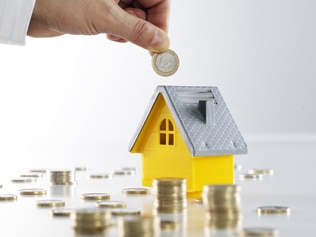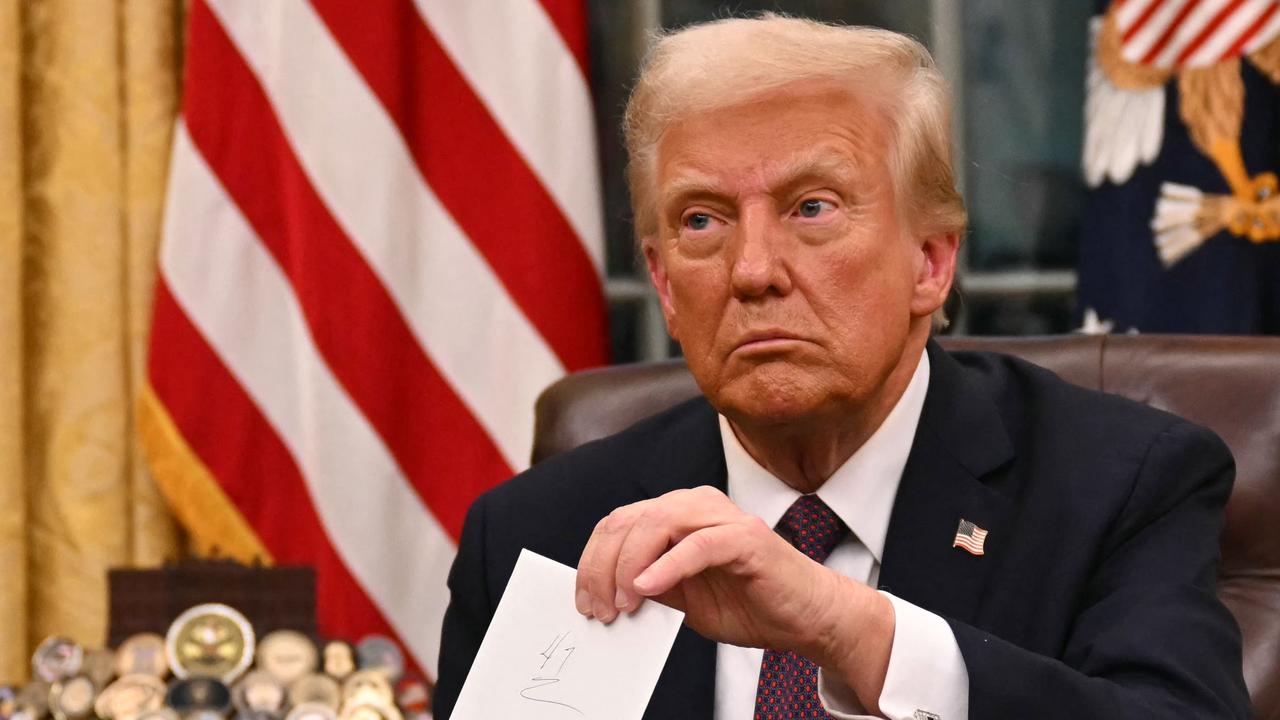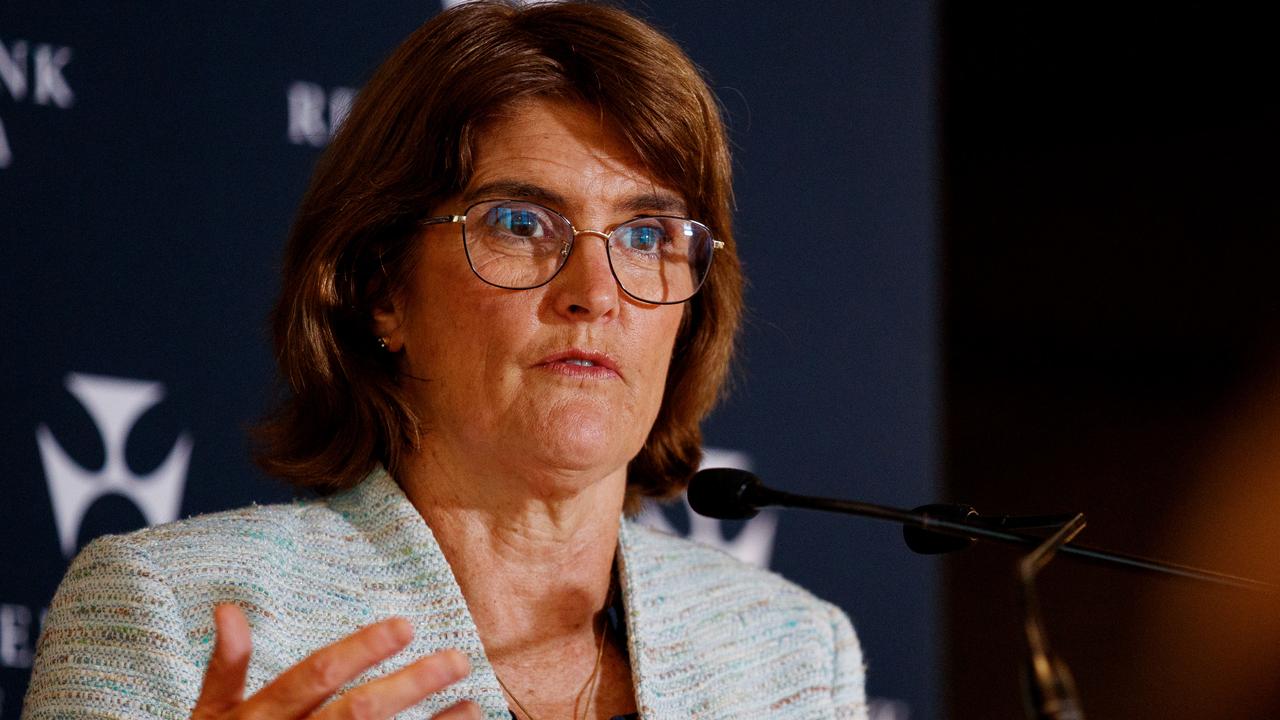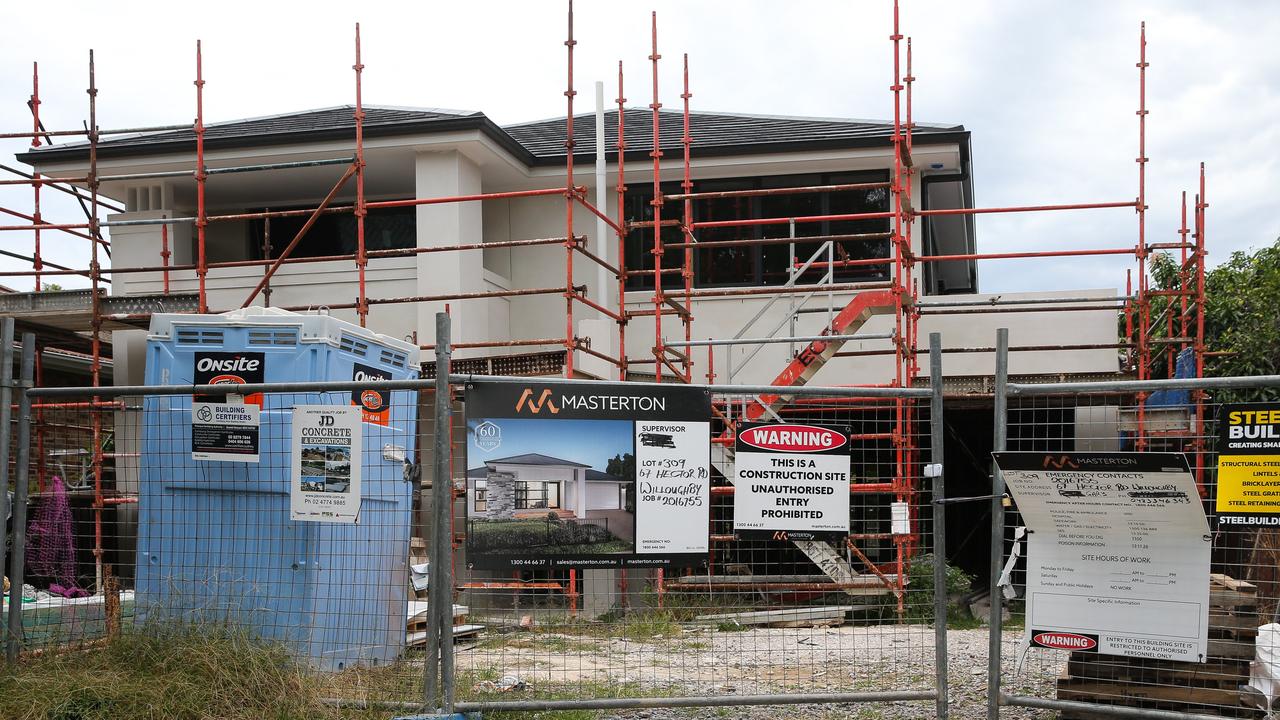Homeowners ponder expected rise over Easter
EASTER weekend celebrations may be tainted for homeowners with experts expecting another rate rise.

EASTER weekend celebrations may be somewhat tainted for homeowners with the risk of another interest rate increase when they head back to work next week.
Financial markets are still pricing a slightly greater than 50 per cent chance of a 25 basis point increase in the official cash rate when the Reserve Bank board meets on Tuesday.
This is despite economic data over the past couple of days not being that convincing that an immediate further rate increase is needed.
But NAB head of research Peter Jolly believes that an increase is likely.
"When we consider buoyant business and consumer surveys, the tight labour market and rising house prices, they do not alter the reality that interest rates in Australia are too low," Mr Jolly said.
New eurozone data released on Wednesday again highlighted how well Australia has performed during the global recession.
Unemployment in the 16-nation eurozone hit a record 10 per cent in February and almost double that of Australia's at 5.3 per cent.
Treasurer Wayne Swan said this again showed the success of the stimulus in protecting Australian jobs.
"The result is we avoided the recession and the kinds of double-digit unemployment that Europe is still suffering from, which is a fantastic outcome for Australia," Mr Swan said in a brief statement.
But Commonwealth Securities chief economist Craig James is not convinced that means the RBA needs to raise rates again so soon after this month's increase.
"The Reserve Bank is certainly keen to lift rates back to normal levels, but ... lifting rates too far, too fast could put the economic recovery at risk," Mr James said.
Second-tier data released on Thursday was mixed with consumer prices rising, growth in manufacturing activity slowing, the trade deficit widening and demand for workers surging.
The Australian Bureau of Statistics reinstated its job vacancies series, which showed an increase of 12.5 per cent in the three months to February compared to the previous three months.
This was the first release in the series since May 2008, having been suspended due to budget pressures at the ABS.
The TD Securities-Melbourne Institute inflation gauge also jumped by 0.5 per cent in March, lifting the annual rate to 2.5 per cent and the middle of the RBA's two to three per cent target.
But growth in manufacturing activity slowed in March with the Australian Industry Group-PricewaterhouseCoopers performance of manufacturing index down 3.6 index points to 50.2 points.
This is only just above the crucial level of 50, which separates expansion from contraction.
The monthly trade deficit widened to $1.9 billion in February from a revised $1.1 billion shortfall in January, as imports rose two per cent and exports fell by one per cent.
The rise in imported goods included a 23 per cent increase in machinery and industrial equipment.
"This is further evidence of growing confidence in our resources sector as Australian companies have made the decision to invest again," Trade Minister Simon Crean said in a statement.
Mr Crean said the fall in exports was largely due to a 12 per cent decrease in coal exports, "which was expected after the impact of the devastating floods in Queensland on the sector".



